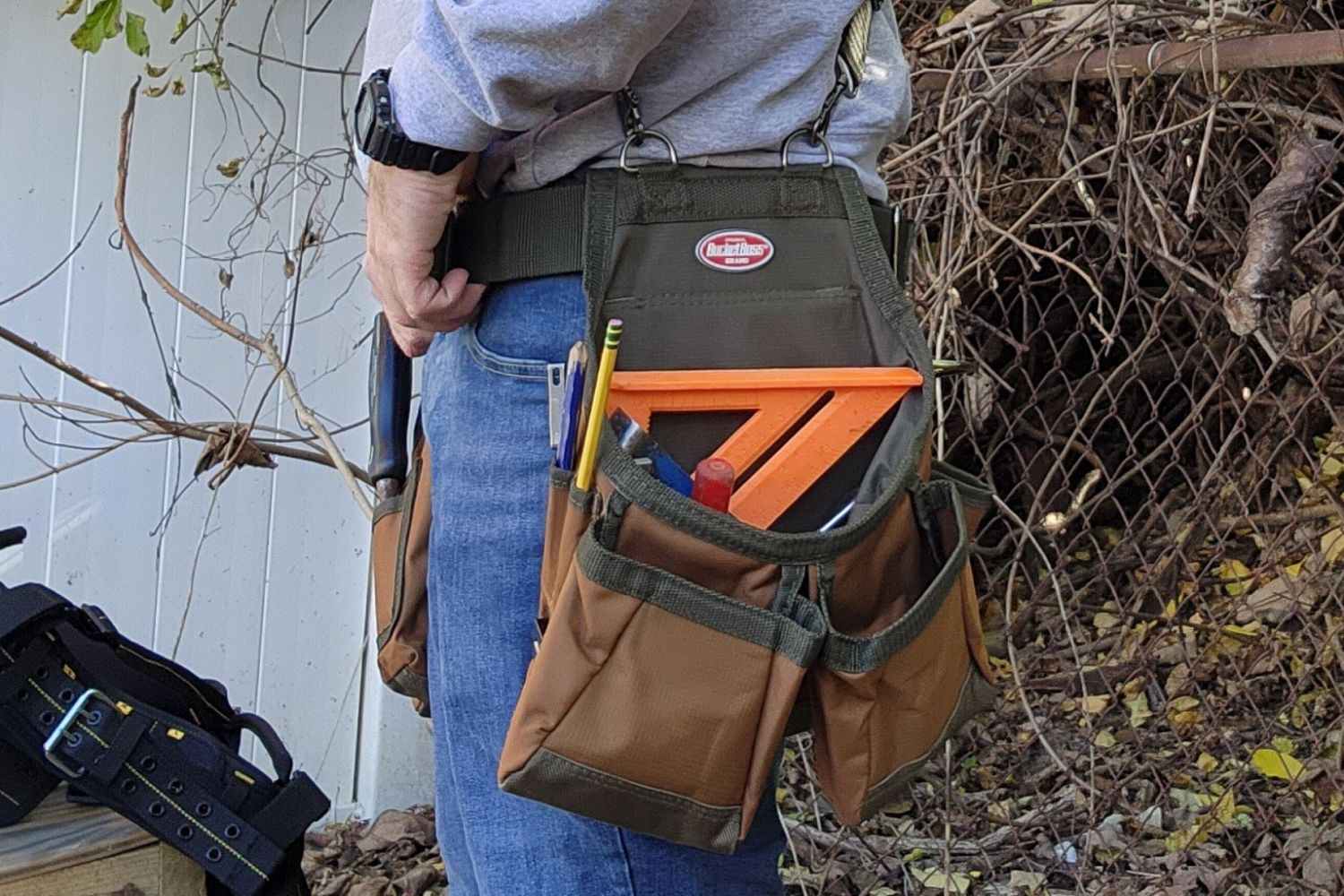

Articles
How To Keep Tool Belt From Sliding Down
Modified: January 8, 2024
Learn effective techniques for preventing your tool belt from sliding down while working on articles. Keep your tools within easy reach and stay focused.
(Many of the links in this article redirect to a specific reviewed product. Your purchase of these products through affiliate links helps to generate commission for Storables.com, at no extra cost. Learn more)
Introduction
When working on a construction site or engaging in any kind of manual labor, having a tool belt is essential for carrying and accessing your tools. However, one common problem that many workers face is the tool belt sliding down, which can be frustrating and hinder productivity. The last thing you want is to constantly readjust your belt or risk losing your tools while on the job.
In this article, we will explore some practical tips and techniques to keep your tool belt from sliding down. With the right adjustments and proper maintenance, you can ensure that your tool belt stays in place, giving you the convenience and efficiency you need to focus on your work.
Key Takeaways:
- Choose a durable, properly sized tool belt and adjust it for a snug fit to prevent sliding. Utilize belt loops, suspenders, or non-slip material for added security and comfort.
- Regularly maintain and distribute weight evenly on your tool belt to avoid overloading and sagging. Take pride in a secure tool belt for efficient, confident work.
Read more: How To Keep Curtains From Sliding On Rod
Choosing the Right Tool Belt
One of the most important factors in preventing your tool belt from sliding down is choosing the right belt in the first place. When selecting a tool belt, consider the following factors:
- Material: Look for a tool belt made from durable and sturdy materials such as leather, nylon, or canvas. These materials are less likely to stretch or lose their shape over time, providing a more secure fit.
- Size: Ensure that the tool belt fits properly around your waist. It should neither be too tight nor too loose. Measure your waist accurately before purchasing a tool belt and refer to the manufacturer’s sizing guide for the perfect fit.
- Number of Pockets: Consider the number and size of pockets on the tool belt. Having an adequate number of pockets allows for even weight distribution and ensures that your tools are easily accessible.
- Weight Capacity: Check the weight capacity of the tool belt to ensure it can hold the tools you typically carry. Overloading the belt can cause it to sag and slide down.
By selecting a tool belt that meets these criteria, you are setting a solid foundation for preventing it from sliding down during your work.
Adjusting the Tool Belt for a Secure Fit
Once you have chosen the right tool belt, it’s essential to adjust it properly for a secure fit. Follow these steps to ensure your belt stays in place:
- Tighten the Belt: Start by fastening the belt around your waist, ensuring it is snug but not overly tight. If the belt is too loose, it will be more prone to sliding down. Use the belt’s buckle or fastening mechanism to secure it in place.
- Position the Belt: Position the tool belt at your natural waistline, which is located around your belly button area. This will provide the most stable and comfortable fit.
- Adjust the Straps: Many tool belts come with adjustable straps or buckles that allow you to fine-tune the fit. Make sure to adjust the straps according to your body shape and size. Experiment with different settings until you find the most secure and comfortable fit.
Remember, the key is to find the right balance between a snug fit and allowing room for movement and comfort. Avoid tightening the belt excessively, as it can restrict your mobility and become uncomfortable throughout the day.
Additionally, take a moment to ensure that the weight-bearing straps on the belt are properly aligned and secure. Adjust any sliding or loose straps to distribute the weight evenly and prevent the belt from slipping down.
By taking the time to adjust your tool belt for a secure fit, you’ll minimize the chances of it sliding down and improve your overall working experience.
Using Belt Loops or Suspender Attachments
In addition to adjusting the tool belt itself, using additional attachments like belt loops or suspenders can provide extra support and prevent it from sliding down. Here are some options to consider:
- Belt Loops: Some tool belts come with built-in belt loops that allow you to thread your belt through them. This provides added stability and prevents the belt from shifting or sliding down during movement. Make sure to secure the belt tightly through the loops for maximum effectiveness.
- Suspenders: Suspenders, also known as braces, can be attached to your tool belt to provide additional support and prevent it from sagging or sliding down. Suspenders distribute the weight of the tools across your shoulders, relieving some of the strain on your waist. Look for suspenders specifically designed for tool belts and adjust them to fit comfortably.
- Clip-On Attachments: Some tool belts have clip-on attachments that can secure the belt to your pants or workwear. These clips keep the belt in place and prevent it from shifting or sliding. Ensure that the attachments are securely fastened and do not cause discomfort or restrict movement.
Using belt loops, suspenders, or clip-on attachments can provide that extra level of security and prevent your tool belt from slipping down, especially during vigorous physical activity or when carrying heavier tools.
Experiment with different attachment options to find the one that works best for you and complements your work style and personal preference. Remember, everyone’s body shape and job requirements are unique, so it may take some trial and error to find the perfect combination.
By utilizing these additional support mechanisms, you can significantly minimize the chances of your tool belt sliding down and maintain a comfortable and stable working environment.
Adding Non-Slip Material to the Belt
If you find that your tool belt is still prone to sliding down even after adjusting it, you can consider adding non-slip material to the belt itself. Here’s how:
- Gripping Fabric: One option is to attach a gripping fabric or material to the inner side of the belt. This helps create friction between the belt and your clothing, preventing it from slipping down. Look for non-slip adhesive strips or fabric specifically designed for this purpose and secure it along the inside surface of the belt.
- Rubberized Coating: Another option is to apply a rubberized coating to the outside of the belt. This provides a textured surface that enhances grip and reduces slippage. You can find rubberized coatings or sprays designed for improving traction. Follow the instructions provided to apply the coating evenly and allow it to dry before using the belt.
- Silicone Grips: Silicone grips or dots can also be applied to the inner side of the belt to increase friction. These small, raised dots provide additional grip and help prevent the belt from sliding down. Look for silicone grip pads or dots and adhere them to strategic areas of the belt where slippage is most likely to occur.
Adding non-slip material to your tool belt can significantly improve its grip and stability, reducing the chances of it sliding down during work. However, it’s essential to ensure that the material you choose does not cause discomfort or irritation to your skin. Test the material on a small area of the belt before applying it fully.
Remember to regularly check and replace the non-slip material if it starts to wear off or lose its effectiveness. Maintaining a secure grip on your tool belt is crucial for a productive and safe working experience.
To keep your tool belt from sliding down, try wearing a pair of suspenders to help distribute the weight and keep the belt in place. This will provide extra support and prevent it from slipping down while you work.
Read more: How To Keep Table Placemats From Sliding
Tightening the Belt Regularly
Even with the best adjustments and non-slip additions, tool belts can loosen over time due to repeated movements and the weight of the tools. To prevent your tool belt from sliding down, make it a habit to regularly check and tighten the belt throughout the day. Here’s how:
- Take Quick Breaks: Take short breaks during your workday to assess the fit of your tool belt. Use these breaks as an opportunity to readjust and tighten the belt if necessary.
- Check for Sagging: Pay attention to any signs of sagging or slipping. If you notice the belt starting to slide down, pause and retighten it to maintain a secure and comfortable fit.
- Reposition Tools: As you tighten the belt, take a moment to reposition any tools that may have shifted or become unbalanced. Distributing the weight evenly across the belt will help prevent it from sliding down.
- Use Belt Buckle Reinforcement: Some tool belts come with reinforced belt buckles that prevent loosening. Make sure to use these features to maintain a consistent tension and keep the belt securely in place.
By regularly checking and tightening your tool belt, you can address any issues before they become problematic. This proactive approach ensures that your belt stays in place and reduces the risk of accidents or inconvenience while on the job.
Remember, the frequency of tightening will depend on various factors, including the intensity of your work and the weight of the tools you carry. Be mindful of your comfort and the stability of your tool belt throughout the day.
By incorporating regular checks and adjustments into your routine, you’ll have better control over your tool belt and minimize the chances of it sliding down at inopportune times.
Properly Distributing Weight on the Tool Belt
One of the main causes of a sliding tool belt is an uneven distribution of weight. When tools are unevenly placed or concentrated in one area, it can throw off the balance and stability of the belt. Here are some tips for proper weight distribution:
- Organize Tools Strategically: Arrange your tools in a way that evenly distributes the weight across the belt. Place heavier tools closer to your body and evenly distribute lighter tools throughout the remaining pockets. This helps maintain balance and prevents the belt from sagging or sliding down on one side.
- Use Tool Holsters: Consider using tool holsters or pouches that attach directly to the belt. These holsters provide a secure spot for specific tools and help distribute weight evenly. By attaching tools individually, you can maintain a more balanced load and minimize sliding or sagging.
- Rotate Tool Placement: Periodically rotate the position of your tools on the belt. This ensures that one particular area of the belt doesn’t experience excessive wear and tear, which can contribute to sliding. By regularly shifting the tools, you distribute the force and pressure evenly across the entire belt.
A well-balanced tool belt not only prevents it from sliding down but also reduces strain on your back and hips. By consciously organizing and distributing the weight of your tools, you can maintain a comfortable working posture and avoid unnecessary adjustments or discomfort.
Remember to periodically reassess the weight distribution throughout the day, especially if you add or remove tools. By constantly monitoring the balance and adjusting as needed, you’ll ensure a secure and stable tool belt.
Avoiding Overloading the Tool Belt
One of the biggest culprits behind a sliding tool belt is overloading it with too many tools or excessive weight. When the belt is overloaded, it becomes more likely to sag, slide down, or put undue strain on your body. To prevent this, follow these tips to avoid overloading your tool belt:
- Assess Your Job Requirements: Consider the specific tasks you’ll be performing and the tools you’ll need. Only carry the essential tools that are necessary for your immediate work. Leave non-essential tools behind to reduce the load on your belt.
- Consider Alternative Storage Solutions: If you find that your tool belt is constantly overloaded, consider using alternative storage solutions such as a tool bag or a tool cart. These options allow you to keep all your tools nearby without putting excessive weight and strain on your belt.
- Rotate Tools: Instead of carrying all your tools on your tool belt at once, consider rotating them based on the tasks you’re working on. This allows you to have the necessary tools within reach while reducing the overall weight on the belt.
- Use Tool Holders: Utilize tool holders or organizers attached to your work area or nearby surfaces. This way, you can keep frequently used tools within reach without having to carry them all on your belt.
By avoiding overloading your tool belt, you maintain a better balance, reduce strain on your body, and decrease the likelihood of it sliding down. Remember, comfort and mobility are key to maintaining productivity and preventing overexertion.
Regularly reassess your tool selection and be mindful of the weight and distribution on your belt. By finding the optimal balance between functionality and weight, you’ll ensure that your tool belt stays secure and comfortable throughout your workday.
Ensuring Proper Maintenance of the Tool Belt
To keep your tool belt in optimal condition and prevent it from sliding down, it’s important to practice regular maintenance. Here are some maintenance tips to consider:
- Clean Regularly: Clean your tool belt regularly to remove dirt, debris, and excess moisture. Use a damp cloth or sponge to wipe down the belt, paying attention to any areas that may have accumulated grime.
- Avoid Excessive Moisture: Keep your tool belt away from excessive moisture or wet environments, as this can cause the material to weaken or stretch. If your belt does become wet, allow it to air dry completely before using it again.
- Inspect for Wear and Tear: Regularly inspect your tool belt for any signs of wear and tear, such as fraying edges, loose stitches, or damaged pockets. Repair or replace any damaged parts promptly to maintain the structural integrity of the belt.
- Tighten Loose Fasteners: Check the buckles, straps, and other fastening mechanisms regularly to ensure they are securely fastened. Tighten any loose fasteners to maintain a snug fit and prevent the belt from slipping down.
- Condition Leather Belts: If you have a leather tool belt, apply leather conditioner periodically to keep the material supple and prevent it from drying out or cracking. Follow the manufacturer’s instructions for proper conditioning.
- Store Properly: When not in use, store your tool belt in a cool, dry place away from direct sunlight. Avoid hanging it on hooks or nails, as this can cause distortion of the belt shape. Instead, lay it flat or roll it up for storage.
Proper maintenance not only extends the lifespan of your tool belt but also ensures its functionality and prevents sliding or other issues. By taking care of your tool belt, you’ll enjoy a more reliable and consistent tool-carrying solution on the job.
Remember, investing a little time and effort into maintenance can save you from the frustration of a sliding tool belt and the need for frequent replacements.
Read more: How To Keep A Mattress Pad From Sliding
Conclusion
Having a tool belt that constantly slides down can be a major annoyance and hinder your productivity on the job. However, by following the tips and techniques outlined in this article, you can prevent your tool belt from sliding down and enjoy a more secure and efficient work experience.
Start by choosing the right tool belt made from durable materials and in the correct size for your waist. Adjust it properly, ensuring a snug yet comfortable fit. Consider using belt loops, suspenders, or clip-on attachments for added support. Adding non-slip material to the belt can further enhance its grip and prevent sliding.
Regularly tighten your tool belt throughout the day and distribute the weight of your tools evenly. Avoid overloading the belt and consider using alternative storage solutions when needed. Proper maintenance, including regular cleaning and inspections, will ensure the longevity and functionality of your tool belt.
By implementing these strategies, you’ll minimize the frustrations of a sliding tool belt and focus more on your work. Remember, it may take some trial and error to find the right combination of adjustments and attachments that work best for you. Pay attention to your comfort and make necessary adjustments accordingly.
Take pride in your tool belt and maintain it properly to ensure its reliability and performance. With a secure and non-sliding tool belt, you can work with ease, efficiency, and confidence, knowing your tools are always within reach.
Frequently Asked Questions about How To Keep Tool Belt From Sliding Down
Was this page helpful?
At Storables.com, we guarantee accurate and reliable information. Our content, validated by Expert Board Contributors, is crafted following stringent Editorial Policies. We're committed to providing you with well-researched, expert-backed insights for all your informational needs.

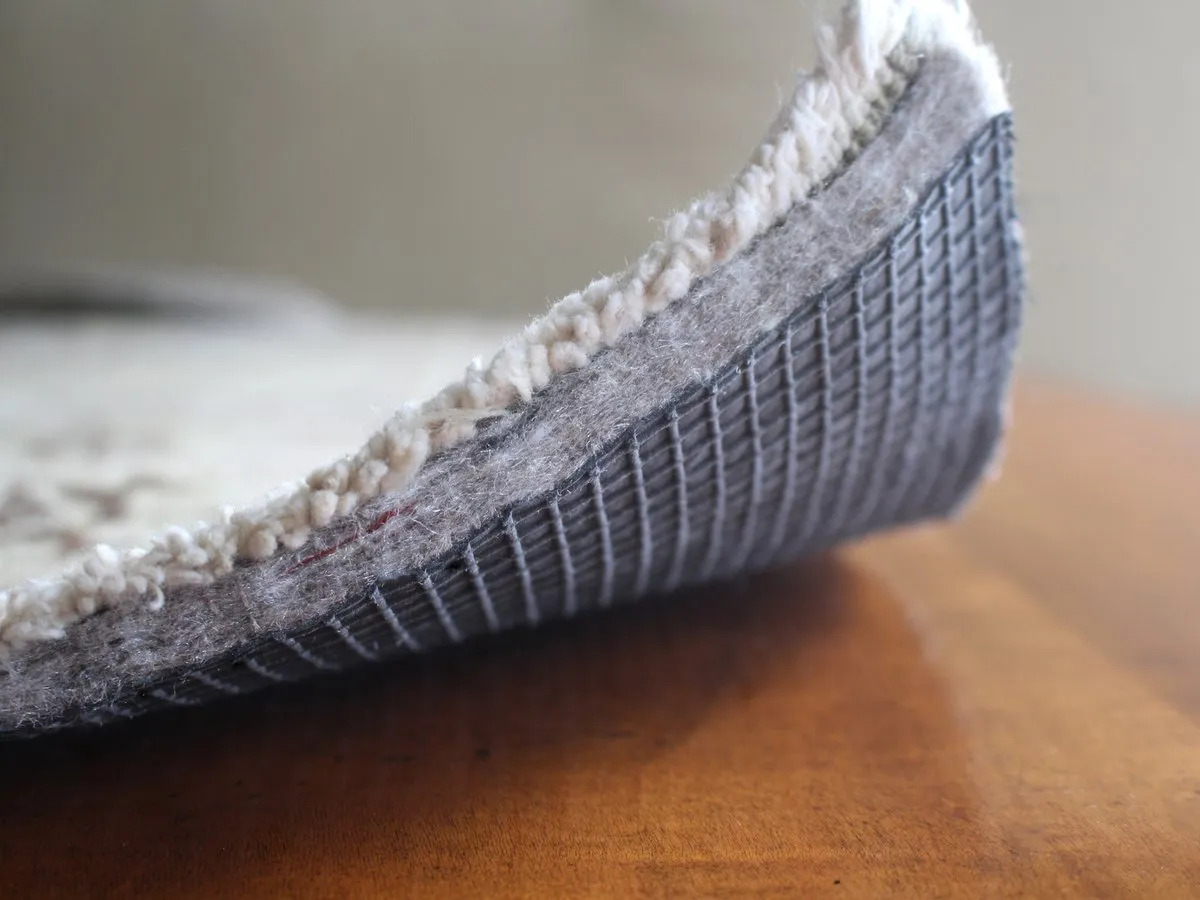
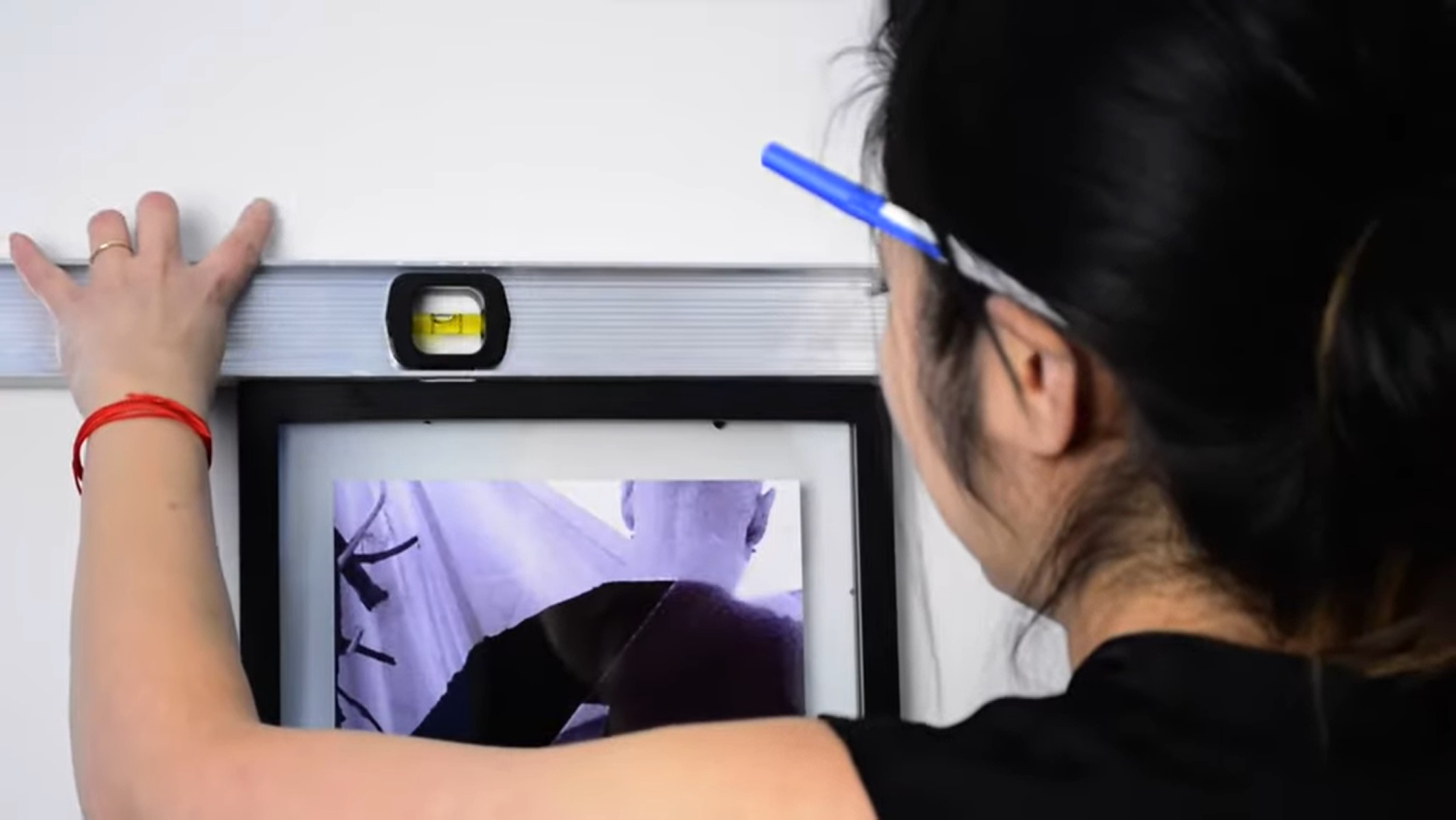
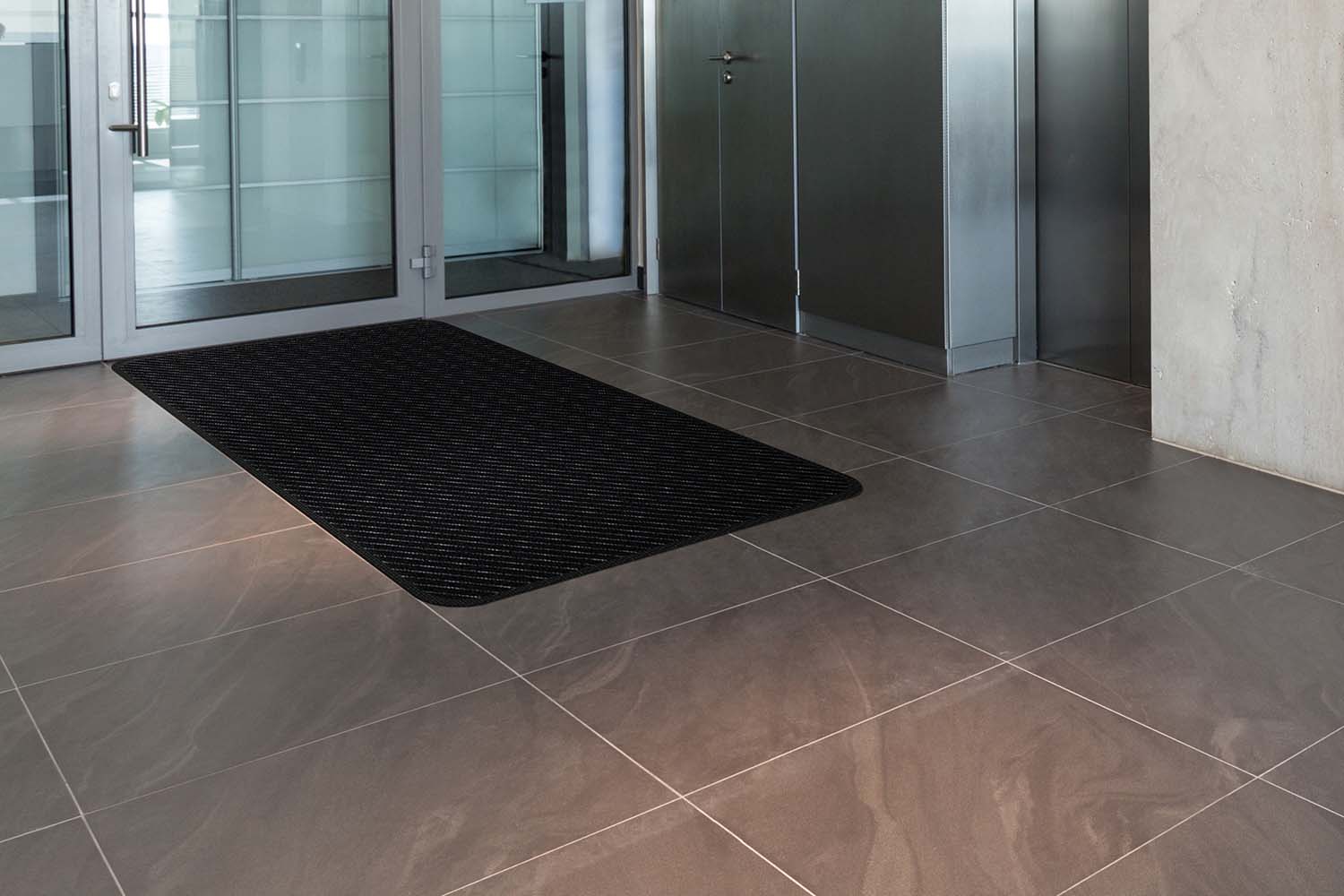
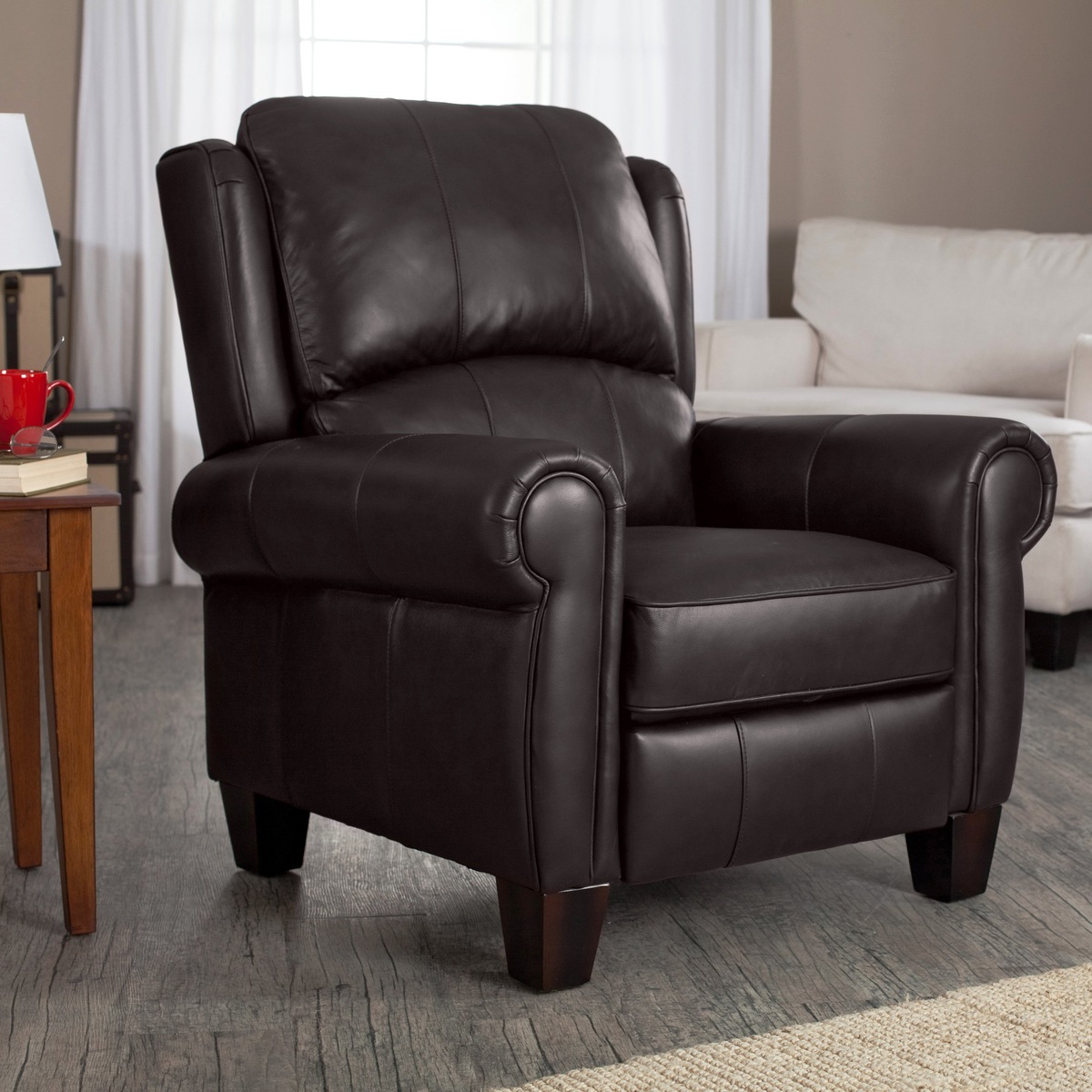

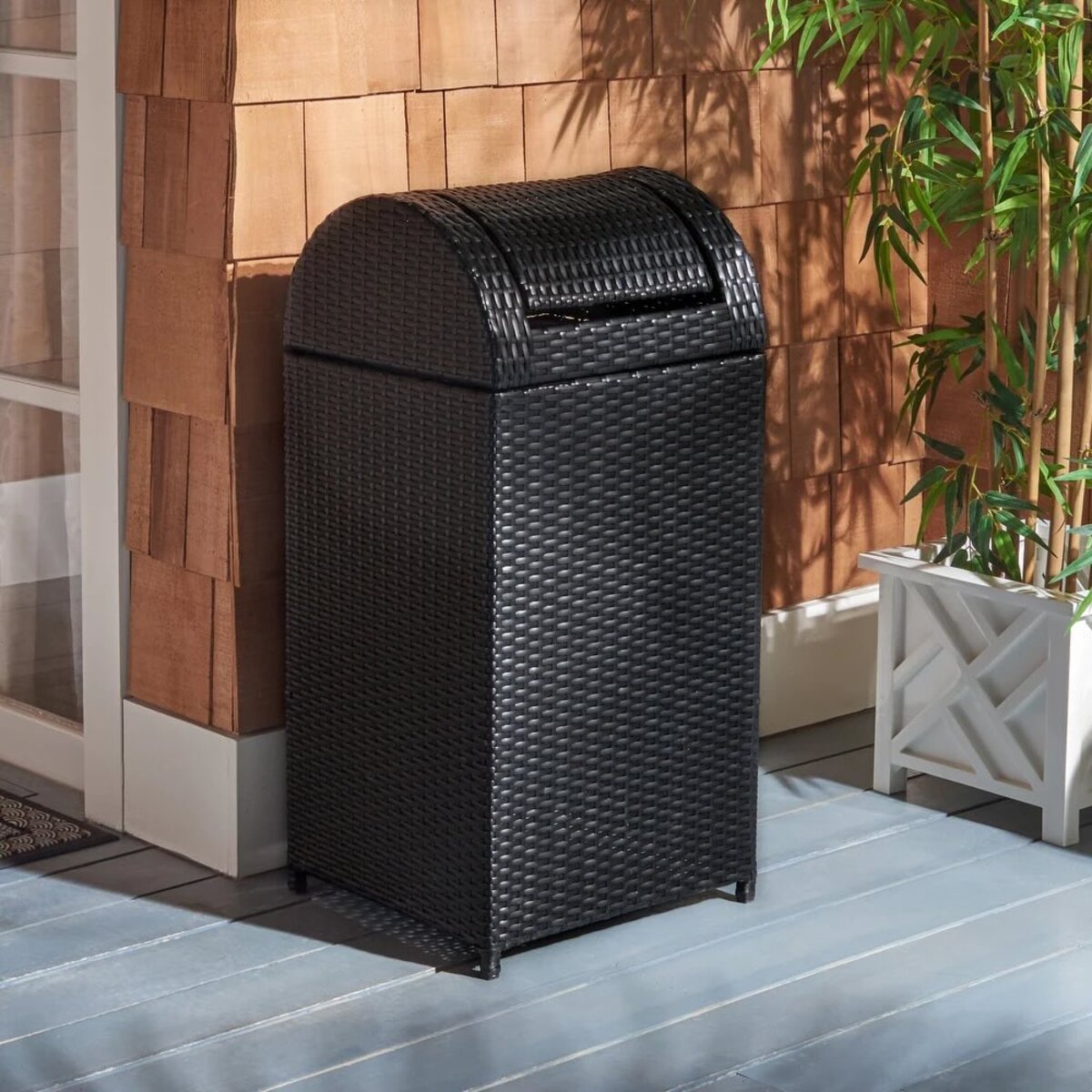


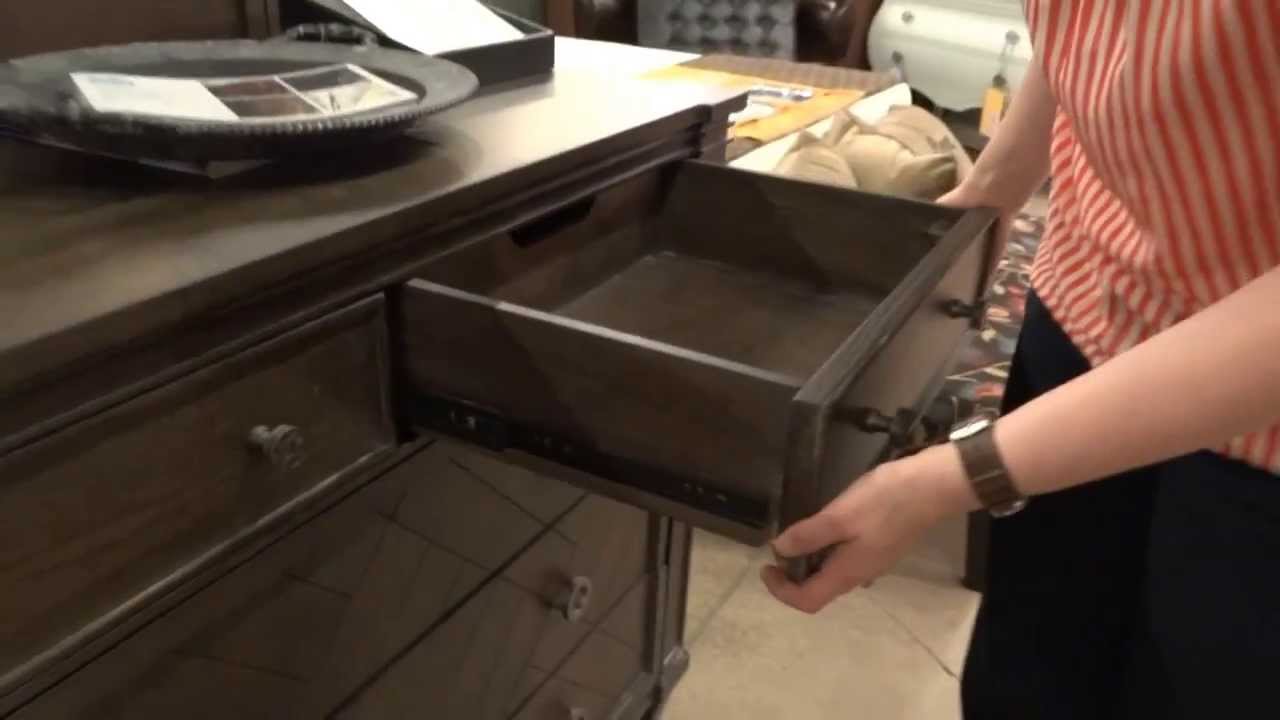
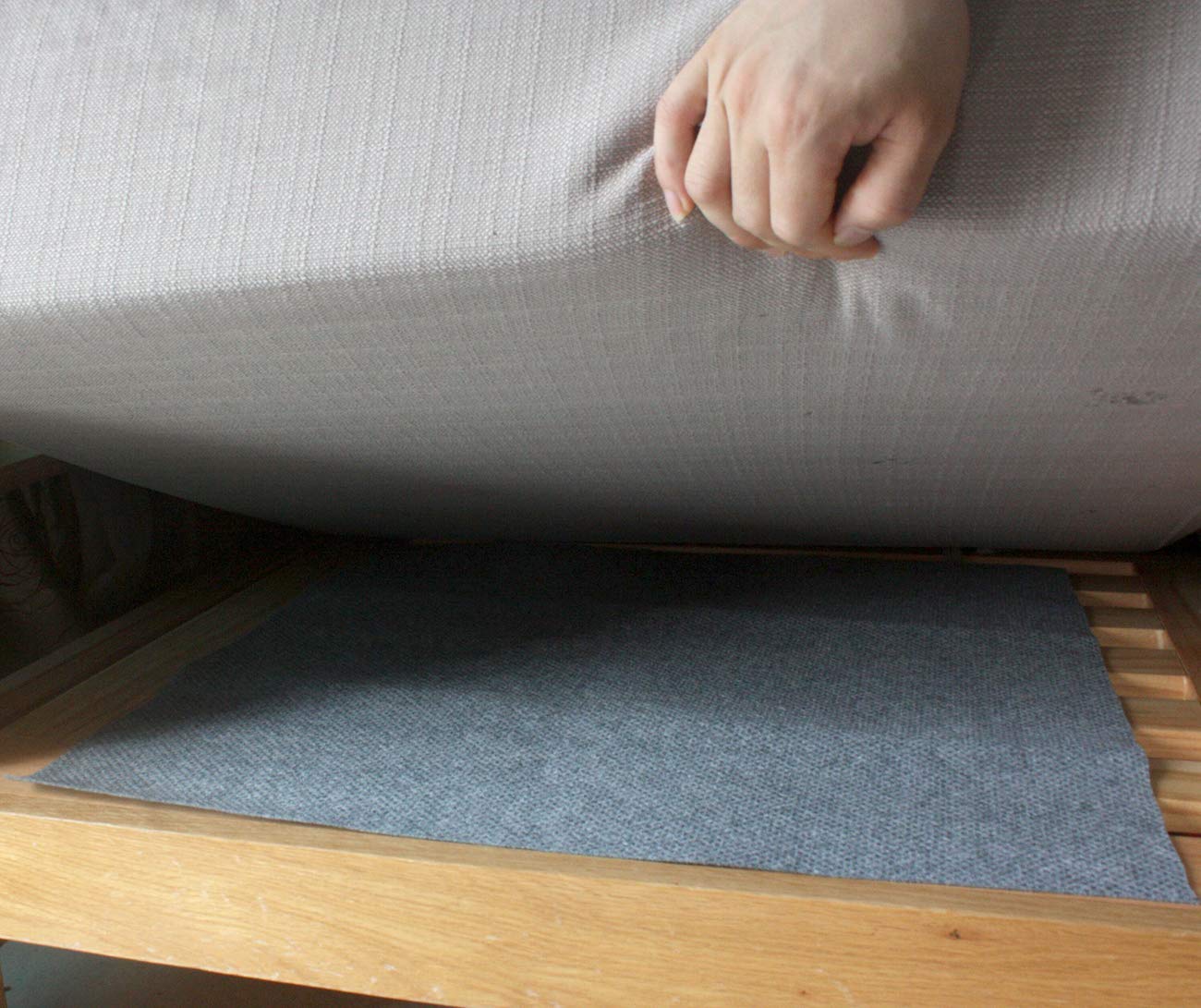
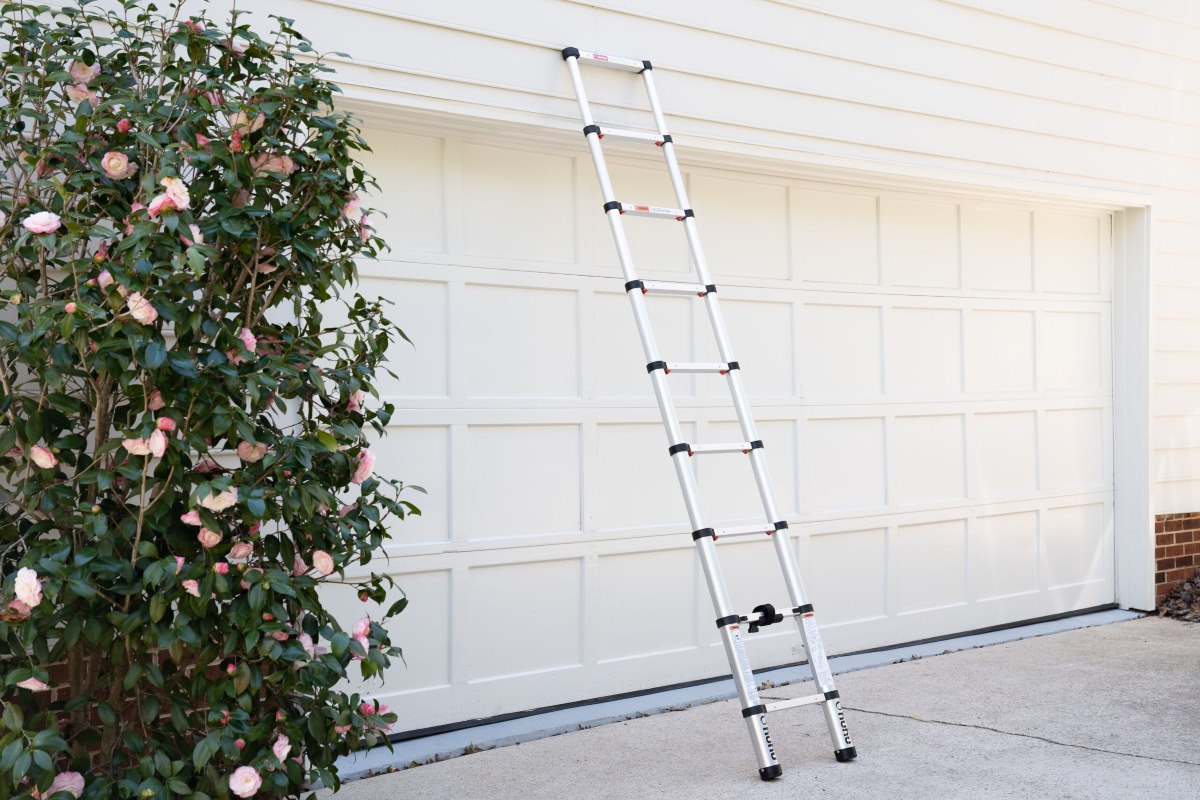
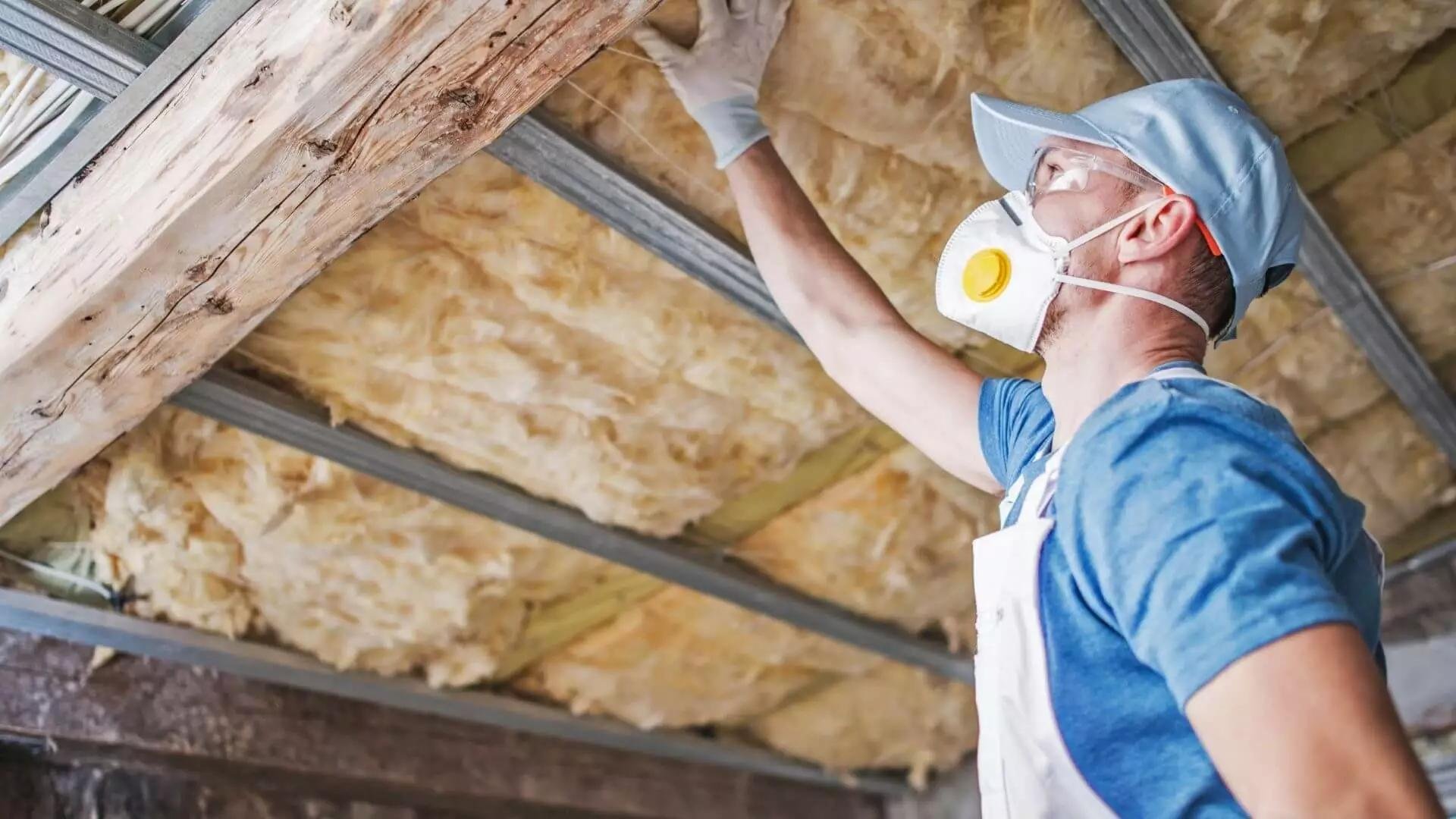

0 thoughts on “How To Keep Tool Belt From Sliding Down”